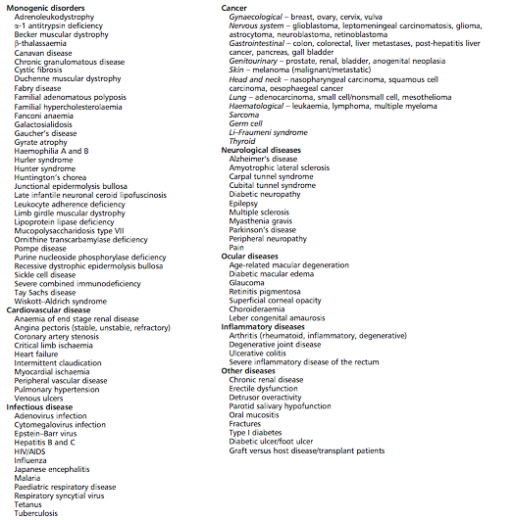Diabetes Mellitus is a metabolic disease that causes excess blood sugar. There are three types of diabetes: Juvenile onset diabetes, Type 2 Diabetes and Gestational Diabetes.
Type 2 diabetes is a disease that usually occurs in middle to old age adults, generally overweight or obese. There are several factors that cause the onset of type 2 diabetes. The most common are: insulin resistance and family history.
Insulin resistance is when the body doesn’t use the insulin produced effectively, insulin uses sugar for energy.It usually occurs in people with excess abdominal fat, the body’s liver, muscle etc, doesn’t use the insulin effectively.When a person’s body is resistant to insulin, sugars aren’t used for energy, so sugar is left in the blood stream resulting in excess blood sugar. This forces the pancreas to produce more insulin, if the pancreas can produce enough insulin, blood sugar levels stay normal. However, diabetes occurs when the pancreas can’t produce enough insulin to compensate for the body’s lack of ability to use insulin.
Another factor that can make a person more or less susceptible to diabetes is family history. The presence of certain genes or lack thereof can affect whether the person will suffer for diabetes. Studies have shown that people inheriting variants of gene TCF7L2 have a higher chance of having diabetes. People who have two copies of the gene variants have 80% more chance of having type 2 diabetes than people without the gene.
Bibliography
Causes of Diabetes. 2011. [online] Diabetes.niddk.nih.gov. Available at: <http://diabetes.niddk.nih.gov/dm/pubs/causes/#causes> [Accessed 18 Mar. 2014].
Diabetes Basics – American Diabetes Association®. 2014. [online] American Diabetes Association. Available at: <http://www.diabetes.org/diabetes-basics/> [Accessed 18 Mar. 2014].
Diabetes Information | Insulin – What does it do?. 2014. [online] Euro-wabb.org. Available at: <http://www.euro-wabb.org/en/diabetes-information-all/insulin-what-does-it-do> [Accessed 18 Mar. 2014].
Horikawa, Y., Oda, N., Cox, N., Li, X., Orho-Mel, er, M., Hara, M., Hinokio, Y., Lindner, T., Mashima, H., Schwarz, P. and others, 2000. Genetic variation in the gene encoding calpain-10 is associated with type 2 diabetes mellitus. Nature genetics, 26(2), pp.163–175.
Types of diabetes | International Diabetes Federation. 2014. [online] Idf.org. Available at: <http://www.idf.org/types-diabetes> [Accessed 18 Apr. 2014].
What is Diabetes? What Causes Diabetes?. 2003. [online] Medicalnewstoday.com. Available at: <http://www.medicalnewstoday.com/info/diabetes/> [Accessed 18 Mar. 2014].
Further Reading
http://www.khaleejtimes.com/kt-article-display-1.asp?section=health&xfile=/data/health/2014/April/health_April26.xml


